
Ingredient
East Indian galangal
The Exotic Spice of East India
East Indian galangal, also known as greater galangal or Alpinia galanga, is a rhizome with a pungent, citrusy flavor and a floral aroma. It resembles ginger in appearance but has a more complex taste profile. The spice is commonly used in East Indian cooking to add depth and complexity to curries, soups, and stir-fries.
Origins and history
East Indian galangal has its origins in Southeast Asia and has been used in traditional medicine and culinary practices for centuries. It is particularly prominent in East Indian cuisine, where it is considered an essential ingredient in many dishes. The spice is known for its aromatic properties and its ability to enhance the flavors of other ingredients.
Nutritional information
East Indian galangal is a good source of dietary fiber, vitamins, and minerals. It contains antioxidants and has anti-inflammatory properties. The spice is low in calories and fat, making it a healthy addition to meals.
Allergens
There are no known allergens associated with East Indian galangal.
How to select
When selecting East Indian galangal, look for rhizomes that are firm, plump, and free from mold or soft spots. The skin should be smooth and unblemished. Avoid rhizomes that are shriveled or have a strong, unpleasant odor.
Storage recommendations
To prolong the shelf life of East Indian galangal, store it in a cool, dry place away from direct sunlight. You can wrap the rhizomes in a paper towel or store them in a breathable bag to prevent moisture buildup. Fresh galangal can be refrigerated for up to 2 weeks.
How to produce
East Indian galangal can be grown in tropical or subtropical regions with well-drained soil and partial shade. It requires a warm and humid climate to thrive. The rhizomes can be planted in pots or directly in the ground, and they take approximately 8-10 months to mature.
Preparation tips
To use East Indian galangal, peel the skin and finely chop, grate, or pound the rhizome. It can be added to curries, soups, stews, marinades, or used as a seasoning for stir-fries. The spice pairs well with ingredients like coconut milk, lemongrass, garlic, and chilies.
Substitutions
Ginger can be used as a substitute for East Indian galangal, although the flavor will be slightly different. Use half the amount of ginger as a replacement for galangal in recipes.
Culinary uses
East Indian galangal is commonly used in East Indian cuisine to flavor curries, soups, and stir-fries. It is also used in traditional medicine for its medicinal properties. The spice adds a unique and exotic touch to dishes, elevating their flavor and aroma.
Availability
East Indian galangal is commonly available in Southeast Asia, particularly in countries like India, Thailand, and Indonesia. It can also be found in specialty spice stores or online retailers that cater to international ingredients.
More ingredients from this category

Galangal roots
The Exotic Spice: Galangal Roots

Fingerrot roots
The Exotic Spice

Ginger roots
The Zesty Wonder: Unleashing the Power of Ginger Roots

Greater galangal roots
The Aromatic Spice: Unveiling the Secrets of Greater Galangal Roots

Orris root
The Fragrant Rhizome of Elegance

Wasabi roots
The Fiery Green Elixir: Unveiling the Secrets of Wasabi Roots

Lesser galangal roots
The Aromatic Spice
Recipes using East Indian galangal » Browse all

Thai Yellow Curry Paste
Golden Spice Blend: Homemade Thai Yellow Curry Paste
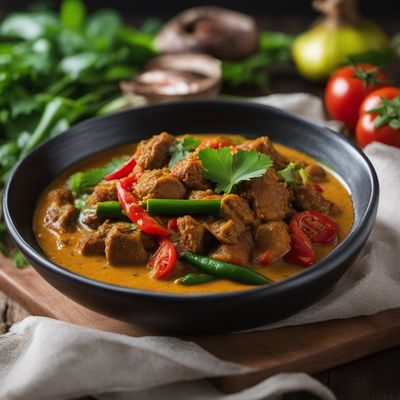
Gundruk Curry with Palembang Twist
Palembang-inspired Gundruk Curry: A Tangy and Spicy Delight
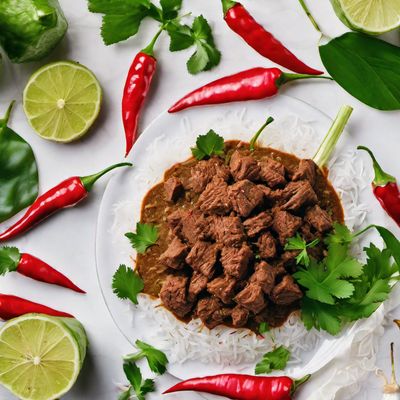
Molecular Gastronomy Rendang
Rendang Reimagined: A Molecular Gastronomy Twist

Soto Betawi with a Twist
Creamy Beef Soup with a Spicy Kick
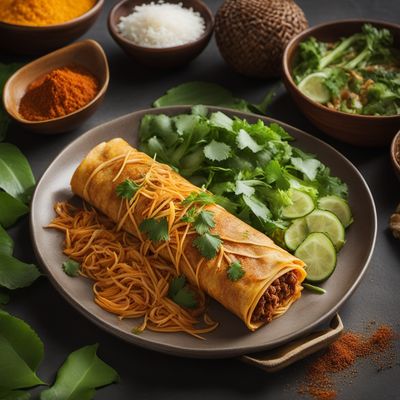
Peranakan Enchiladas
Nyonya Enchiladas: A Fusion of Mexican and Peranakan Flavors
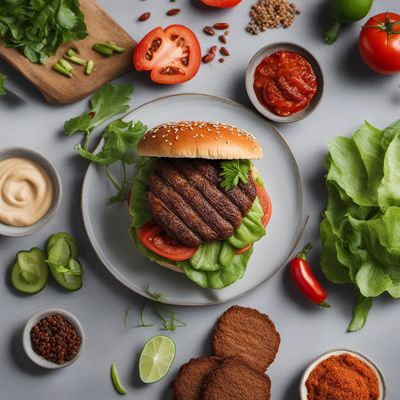
Peranakan Spiced Bison Burger
Nyonya Bison Burger: A Fusion of Flavors

Lao Spiced Lamb Stew
Savory Delight: Fragrant Lao Spiced Lamb Stew

Kaeng Om - Thai Spicy Herb Soup
Fiery Flavors: Exploring the Depths of Thai Kaeng Om
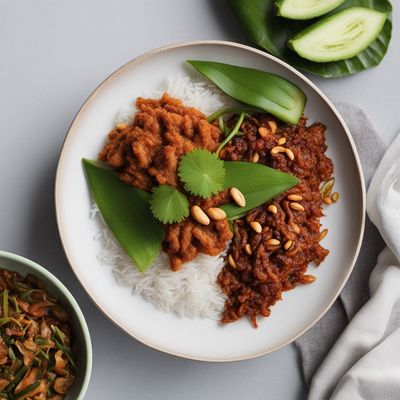
Indonesian-style Nasi Lemak
Savory Coconut Rice with Indonesian Flavors

Betawi-style Fasulye Pilaki
Betawi Delight: Flavorful Fasulye Pilaki

Satay Celup with Peanut Sauce
Indulge in the Irresistible Satay Celup Experience

Peranakan-inspired Tricolore Risotto
Nyonya Fusion Risotto: A Harmony of Colors and Flavors